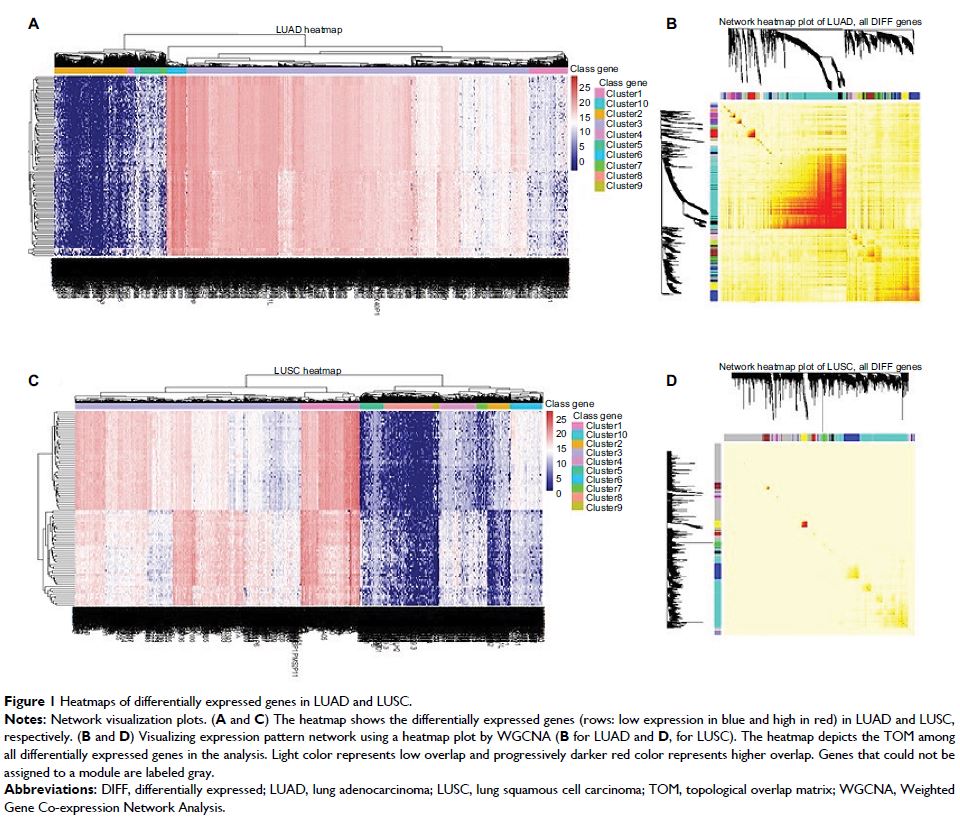9 0 8 0 2
论文已发表
注册即可获取德孚的最新动态
IF 收录期刊
- 2.6 Breast Cancer (Dove Med Press)
- 3.9 Clin Epidemiol
- 3.3 Cancer Manag Res
- 3.9 Infect Drug Resist
- 3.6 Clin Interv Aging
- 4.8 Drug Des Dev Ther
- 2.8 Int J Chronic Obstr
- 8.0 Int J Nanomed
- 2.3 Int J Women's Health
- 3.2 Neuropsych Dis Treat
- 4.0 OncoTargets Ther
- 2.2 Patient Prefer Adher
- 2.8 Ther Clin Risk Manag
- 2.7 J Pain Res
- 3.3 Diabet Metab Synd Ob
- 4.3 Psychol Res Behav Ma
- 3.4 Nat Sci Sleep
- 1.9 Pharmgenomics Pers Med
- 3.5 Risk Manag Healthc Policy
- 4.5 J Inflamm Res
- 2.3 Int J Gen Med
- 4.1 J Hepatocell Carcinoma
- 3.2 J Asthma Allergy
- 2.3 Clin Cosmet Investig Dermatol
- 3.3 J Multidiscip Healthc

非小细胞肺癌中 lncRNA 心肌梗死与转录中心的竞争内源性 RNA 网络的关联
Authors Zheng C, Li X, Qian B, Feng N, Gao S, Zhao Y, Zhou B
Received 22 January 2018
Accepted for publication 16 March 2018
Published 14 May 2018 Volume 2018:10 Pages 1155—1162
DOI https://doi.org/10.2147/CMAR.S163395
Checked for plagiarism Yes
Review by Single-blind
Peer reviewers approved by Dr Lucy Goodman
Peer reviewer comments 3
Editor who approved publication: Dr Leylah Drusbosky
Background: The
leading cause of death for cancer is lung cancer, of which the majority subtype
is non-small cell lung cancer (NSCLC). Recent studies have shown long
non-coding RNAs are transcribed and contribute to cancer. Previous study has
shown that a few single nucleotide polymorphisms (SNPs) in myocardial
infarction associated transcript (MIAT) were associated with some diseases or
function as competing endogenous RNA (ceRNA) in some cancer.
Patients and
methods: We performed bioinformatic methods
for analyzing RNA-seq and miRNA-seq data of NSCLC from The Cancer Genome Atlas
database. 1352 NSCLC patients and 1320 cancer-free controls for genotyping, and
dual luciferase reporter assay, real-time PCR are performed in A549 and H1975
lung cancer cell lines. Results are analyzed by SPSS v16.0.
Results: In the present study, we focus on the role of over-expression MIAT
in NSCLC. We confirmed that rs1061451 T>C (allele odds ratio = 0.22; P < 0.01) was associated with
NSCLC. Furthermore, we constructed MIAT-centric ceRNA network, and three mRNAs
(MYO1B , SGK1 and WNT9A ) was identified as targets
by MIAT via miR-133a-5p.
Conclusion: C-containing genotypes of MIAT rs1061451 were protective factor of
NSCLC, and MIAT, which may act as ceRNA via miR-133a-5p, modulated MYO1B , SGK1 and WNT9A expression level.
Keywords: non-coding RNA, non-small-cell lung cancer, single-nucleotide
polymorphism, competing endogenous RNA
